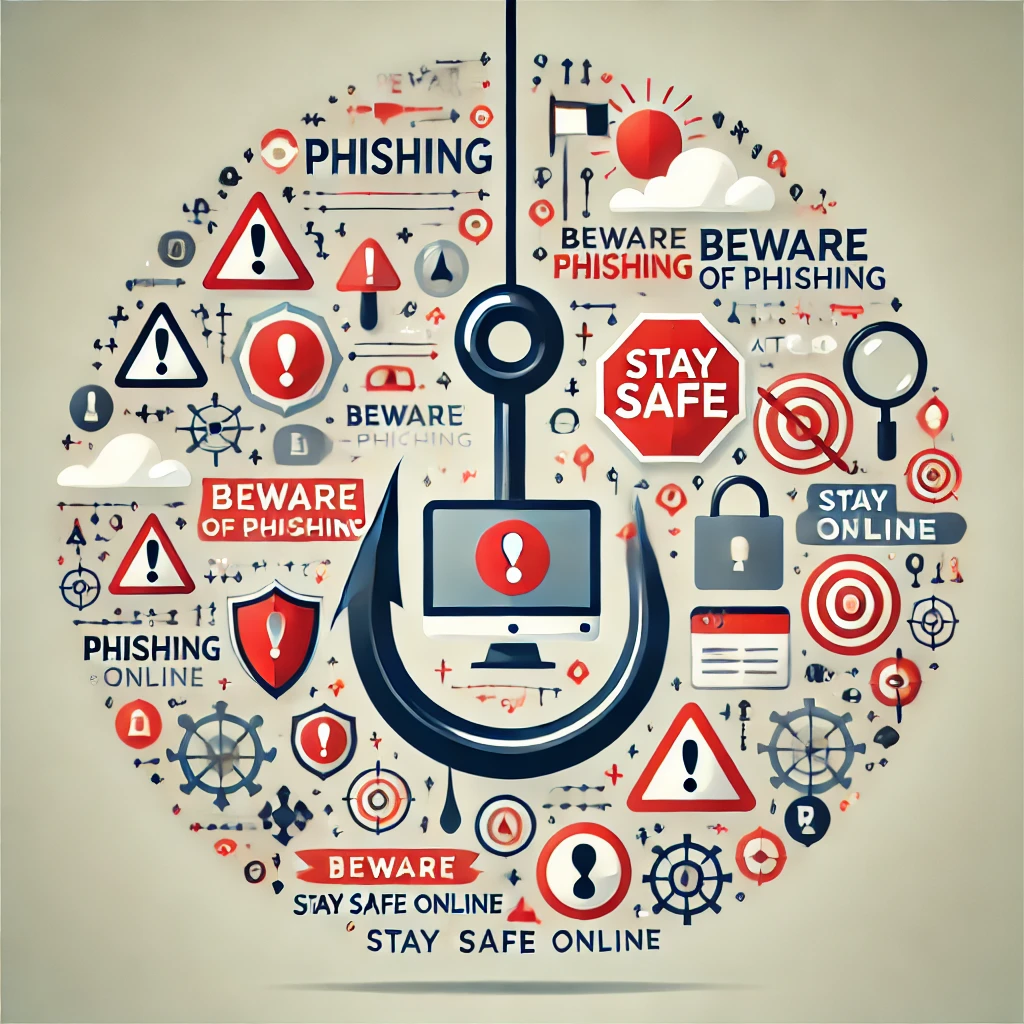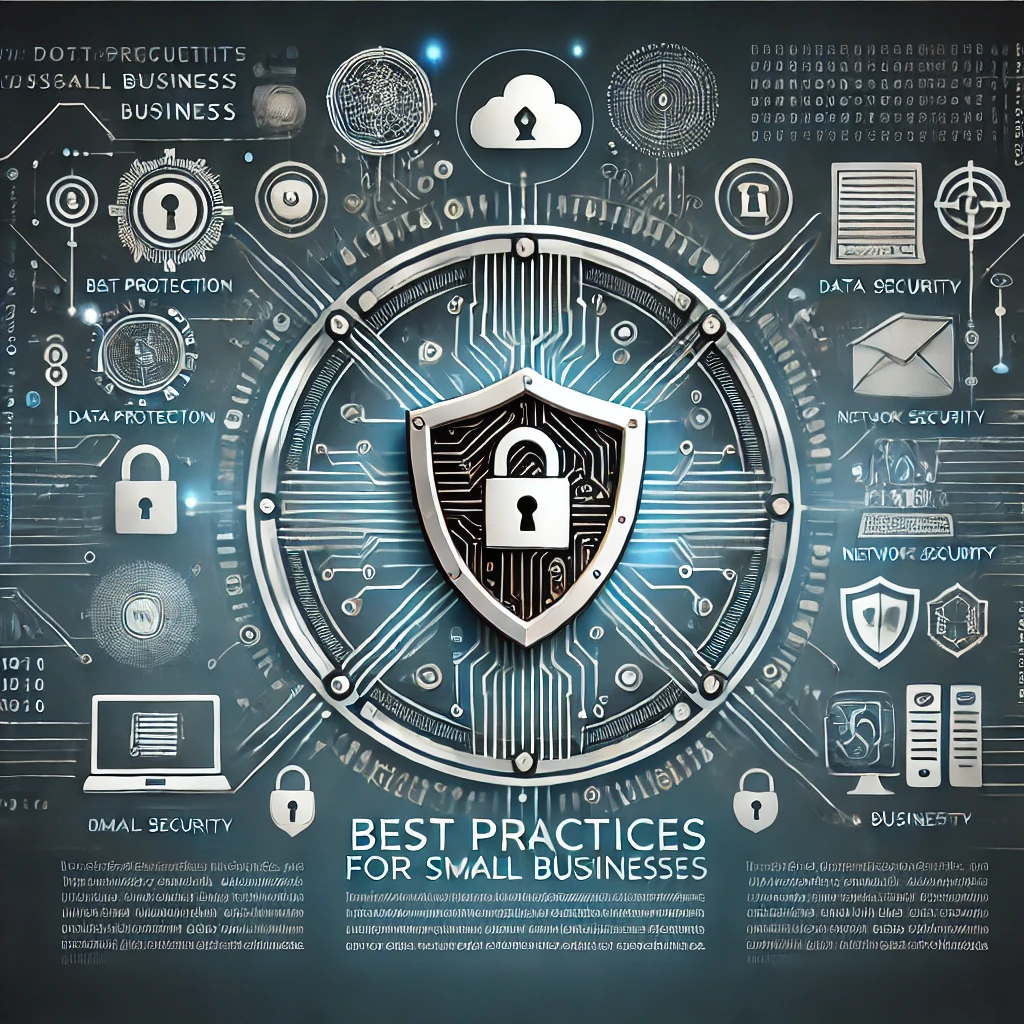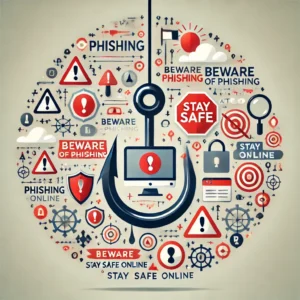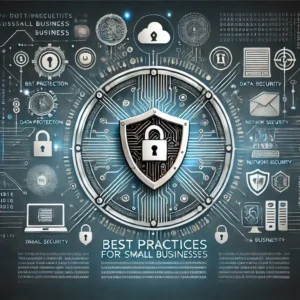How to Protect Yourself from Phishing Attacks
Phishing attacks are one of the most common and effective methods cybercriminals use to steal sensitive information and compromise security. These attacks often involve tricking individuals into revealing personal details, such as login credentials or financial information, by posing as a trustworthy entity. To help you safeguard yourself from these malicious schemes, here are some essential tips on how to protect yourself from phishing attacks:
1. Be Cautious with Emails and Messages
Phishing attacks often come in the form of emails or messages that appear to be from legitimate sources, such as banks, government agencies, or popular online services. Be wary of unsolicited messages that ask for personal information or prompt you to click on suspicious links. Always verify the authenticity of the sender before taking any action. If you receive an email or message that seems out of the ordinary, contact the organization directly using official contact information.
2. Check for Red Flags
Phishing emails and messages often contain red flags that can help you identify them as fraudulent. Look out for:
- Urgent or threatening language: Scammers often create a sense of urgency to pressure you into making hasty decisions.
- Suspicious links or attachments: Hover over links (without clicking) to see if they direct to a legitimate website. Avoid opening attachments from unknown sources.
- Grammatical errors and poor formatting: Many phishing attempts are poorly written and contain errors that can indicate a lack of professionalism.
3. Verify Website URLs
When asked to enter personal information online, ensure that the website you’re visiting is legitimate. Check the URL for signs of authenticity:
- Secure connection: Look for “https://” at the beginning of the URL, along with a padlock icon in the address bar.
- Correct domain name: Be cautious of slight misspellings or variations in the domain name that could indicate a phishing site.
4. Enable Multi-Factor Authentication (MFA)
Multi-Factor Authentication (MFA) adds an extra layer of security by requiring additional verification beyond just a password. Even if a cybercriminal obtains your login credentials through phishing, MFA can prevent unauthorized access to your accounts by requiring a second form of verification, such as a text message code or authentication app.
5. Keep Software Updated
Ensure that your operating system, web browser, and security software are up to date. Software updates often include security patches that address vulnerabilities that could be exploited by phishing attacks. Regular updates help protect your system from the latest threats and reduce the risk of falling victim to phishing schemes.
6. Use Anti-Phishing Tools
Many modern security solutions include anti-phishing features that can help detect and block phishing attempts. Consider using browser extensions or security software with phishing protection to enhance your defenses. These tools can alert you to suspicious websites and emails, providing an additional layer of protection.
7. Educate Yourself and Others
Understanding how phishing attacks work and staying informed about the latest phishing tactics can significantly improve your ability to recognize and avoid them. Regularly educate yourself and those around you about common phishing techniques and best practices for maintaining online security.
8. Verify Requests for Sensitive Information
If you receive a request for sensitive information, such as passwords or financial details, verify its legitimacy through an independent channel. For example, if you receive a suspicious request via email, contact the organization directly using a verified phone number or website to confirm the request before providing any information.
9. Report Phishing Attempts
If you encounter a phishing attempt, report it to the appropriate authorities or organizations. Many companies and government agencies have dedicated channels for reporting phishing scams. Reporting these incidents helps prevent others from falling victim to similar attacks and can aid in the investigation and mitigation of cyber threats.
10. Monitor Your Accounts
Regularly monitor your financial and online accounts for any unusual activity. Promptly review your statements, credit reports, and account transactions to detect any signs of unauthorized access or fraudulent activity. If you suspect that your information has been compromised, take immediate action to secure your accounts and notify the relevant institutions.
Conclusion
Protecting yourself from phishing attacks requires vigilance, awareness, and proactive measures. By being cautious with emails and messages, verifying website URLs, enabling multi-factor authentication, and staying informed about the latest threats, you can significantly reduce your risk of falling victim to phishing schemes. Implement these strategies to enhance your online security and safeguard your personal information from cybercriminals.











Post Comment